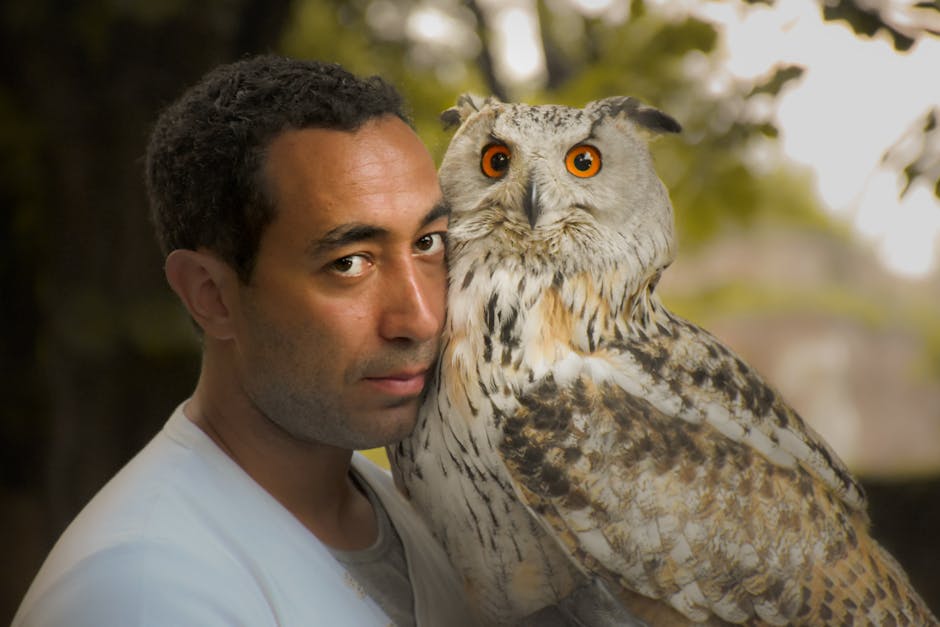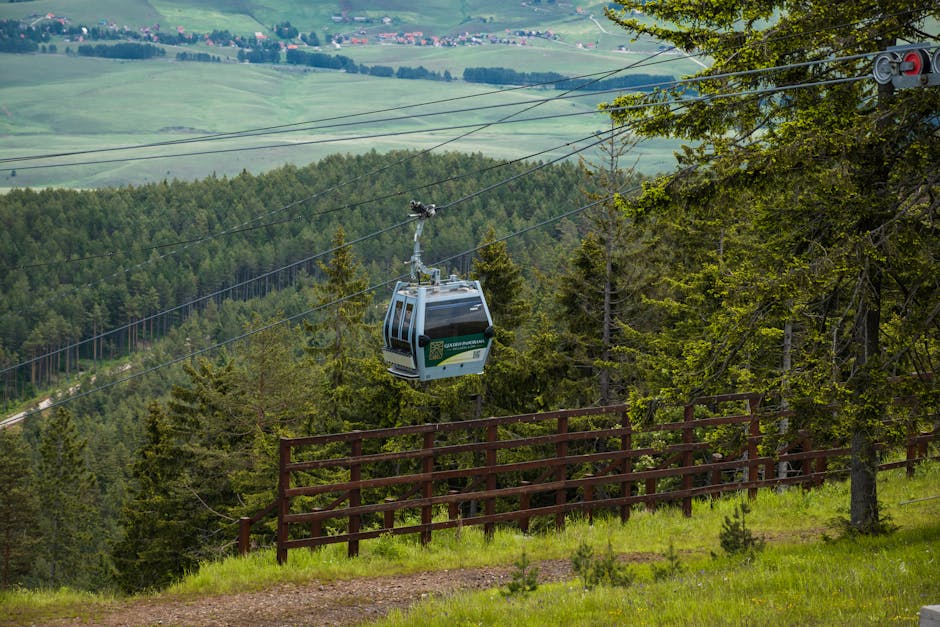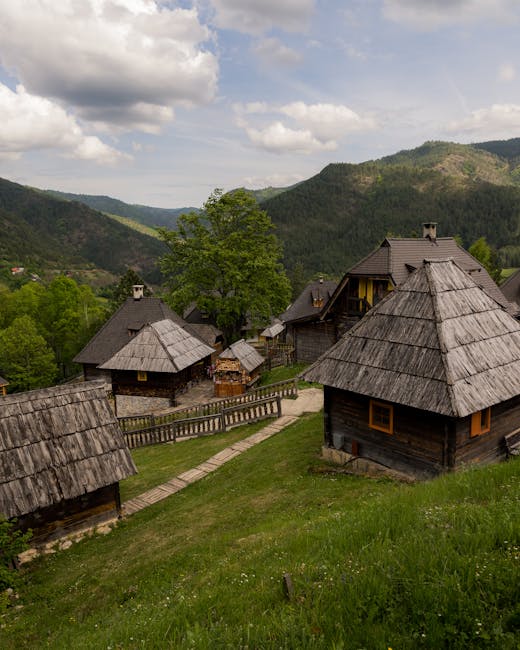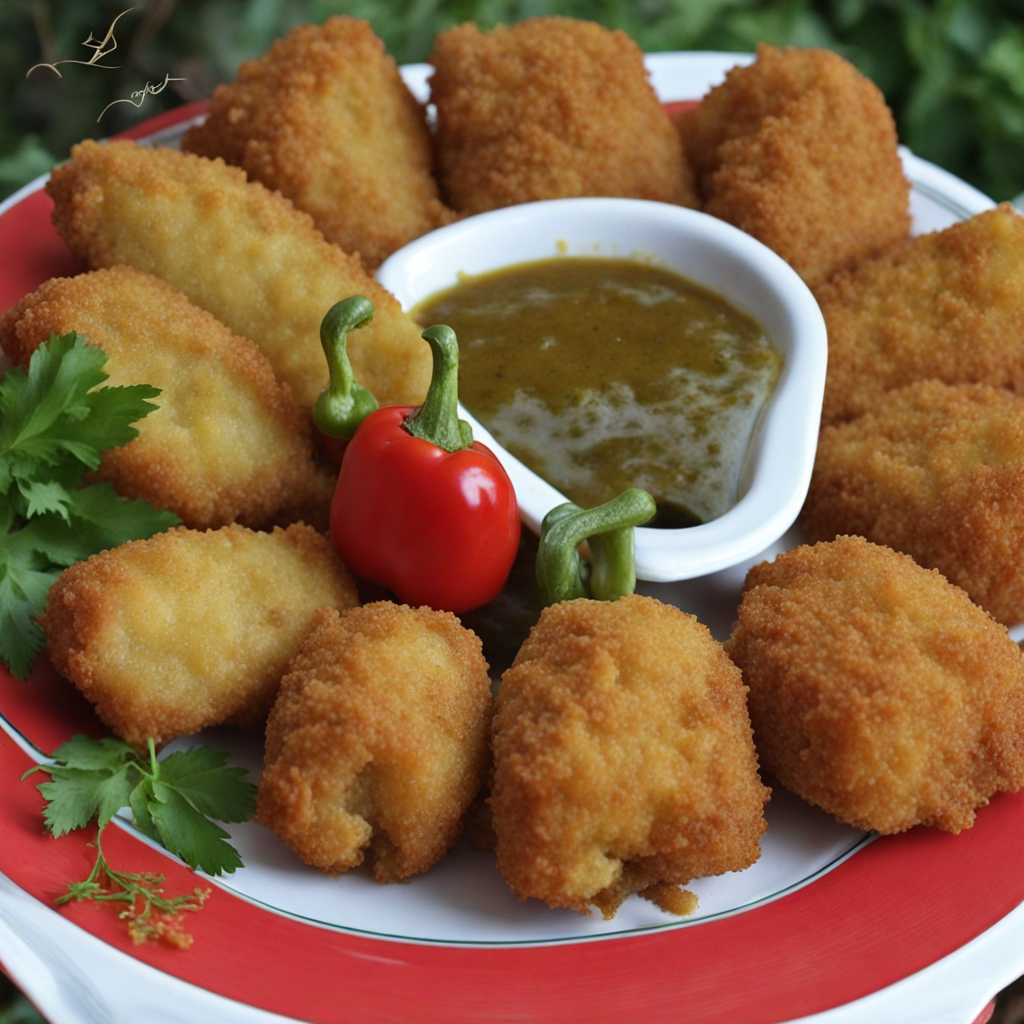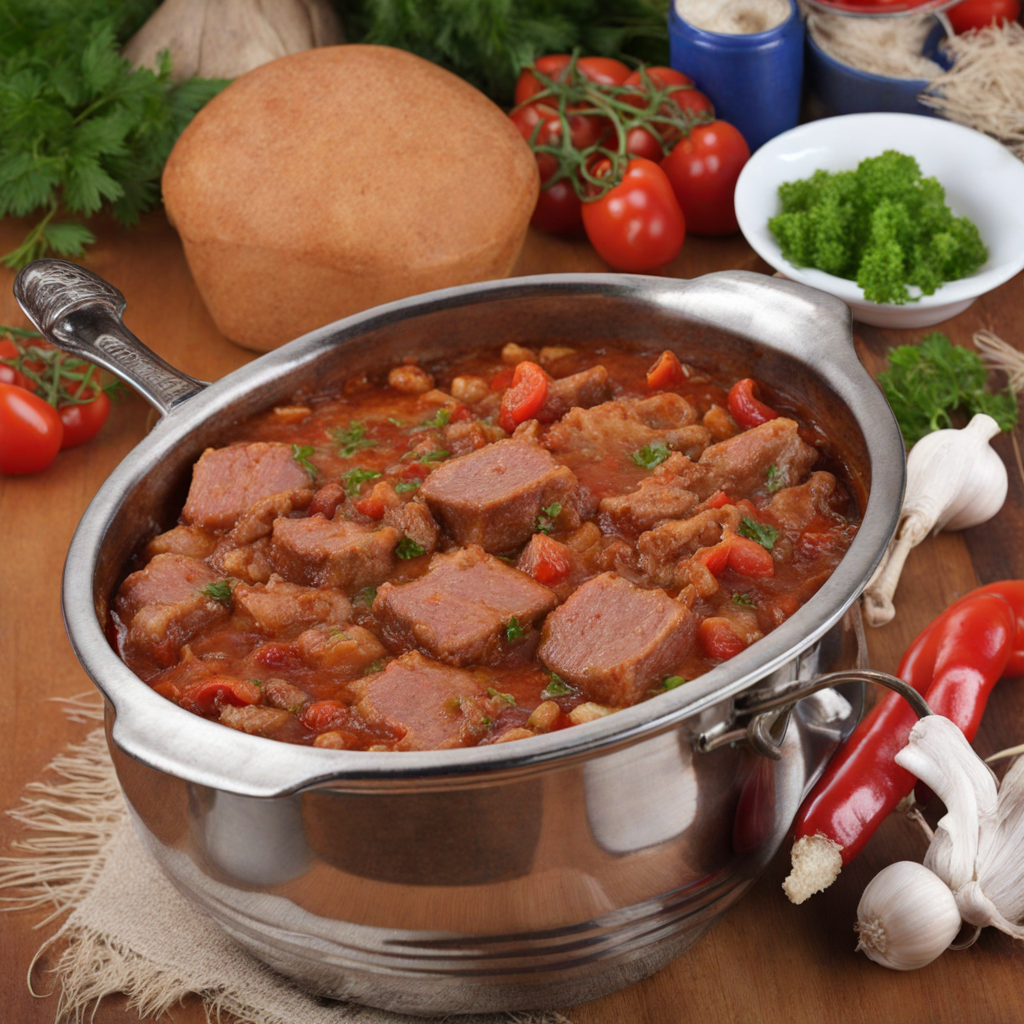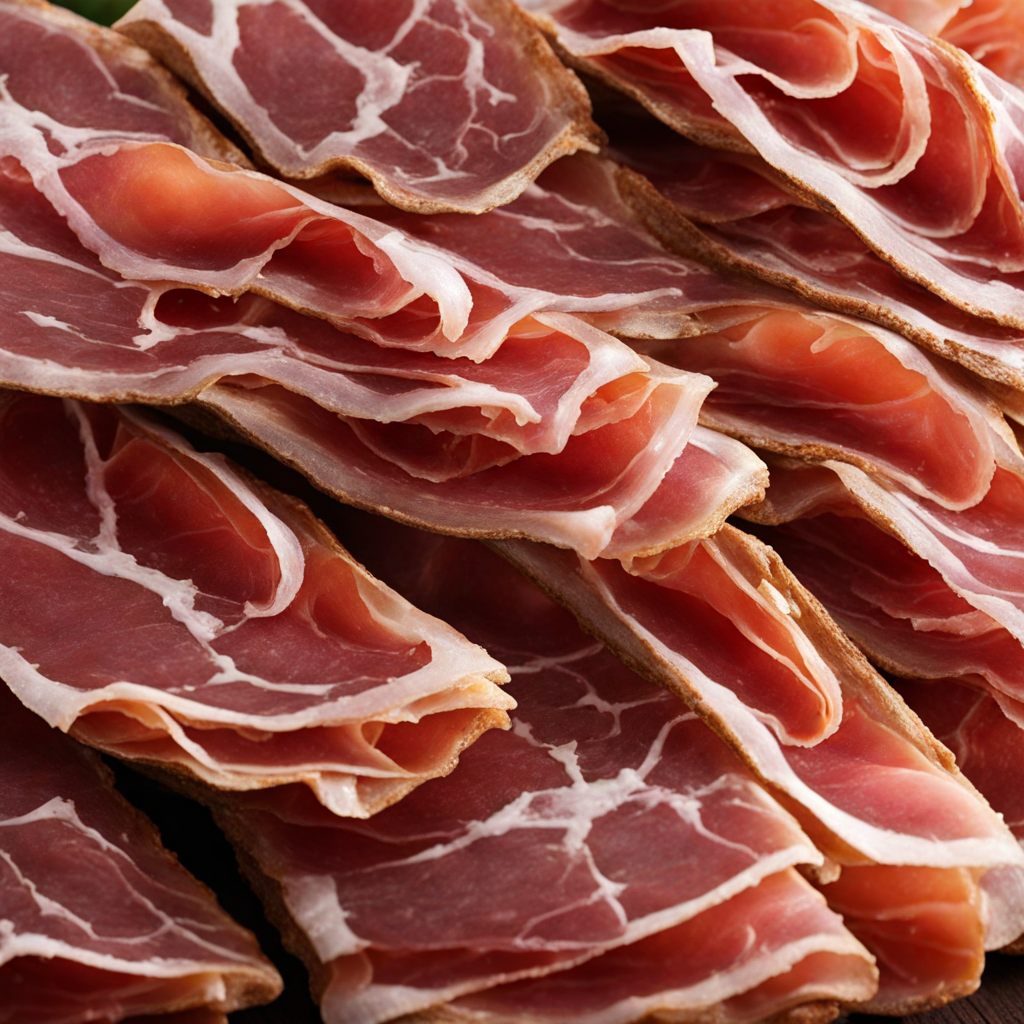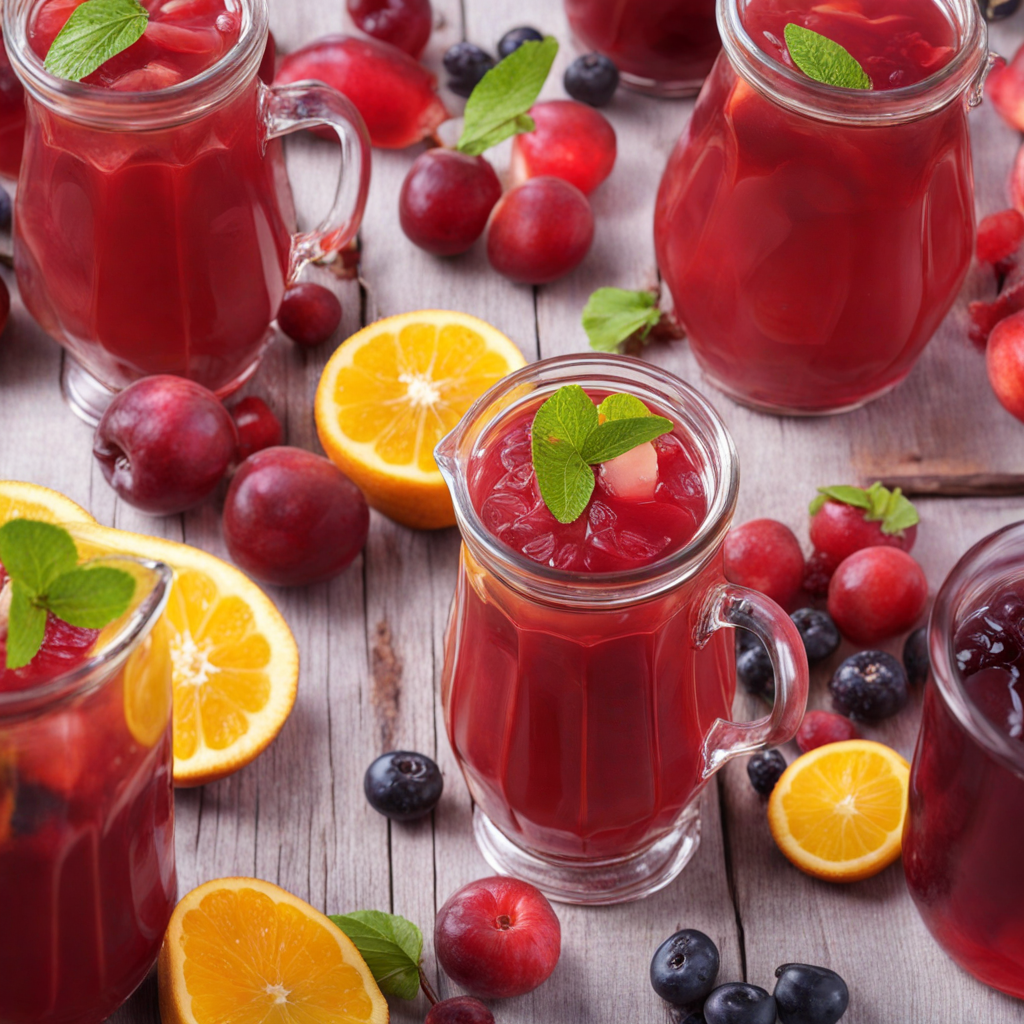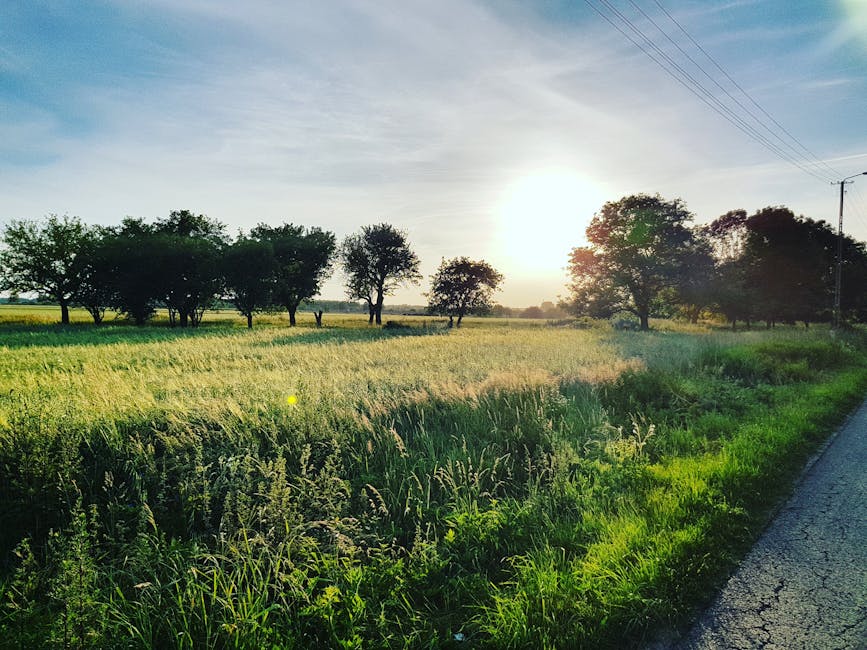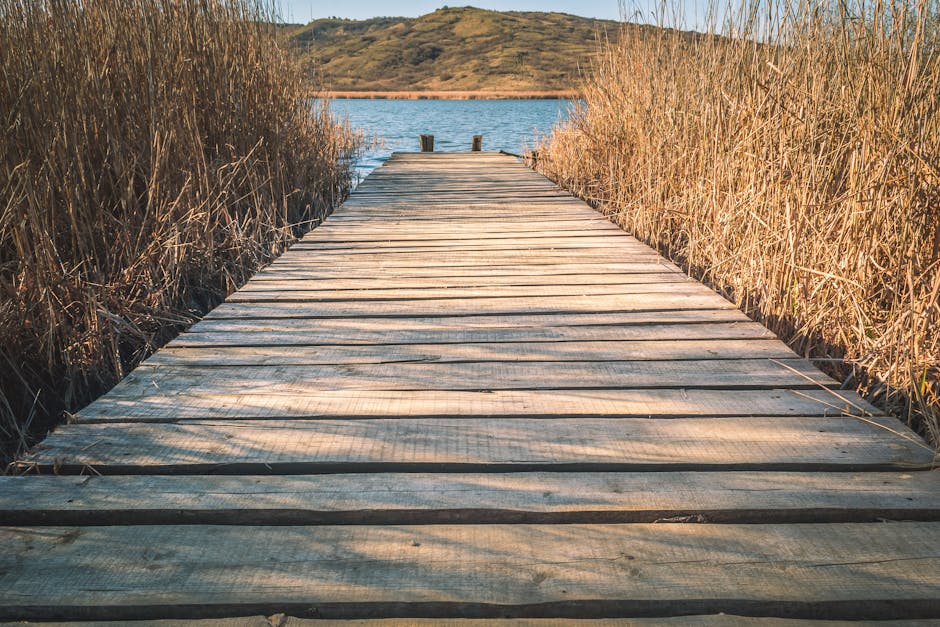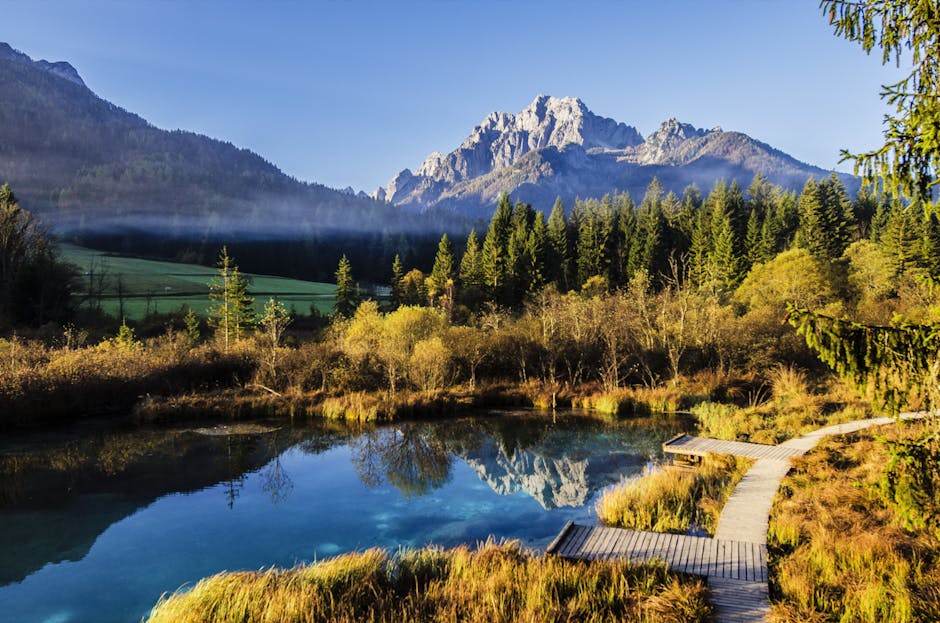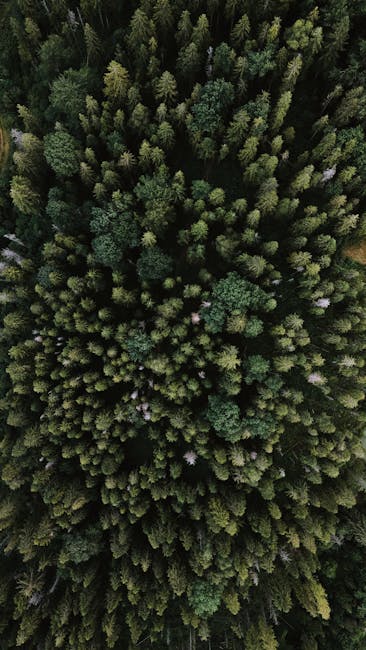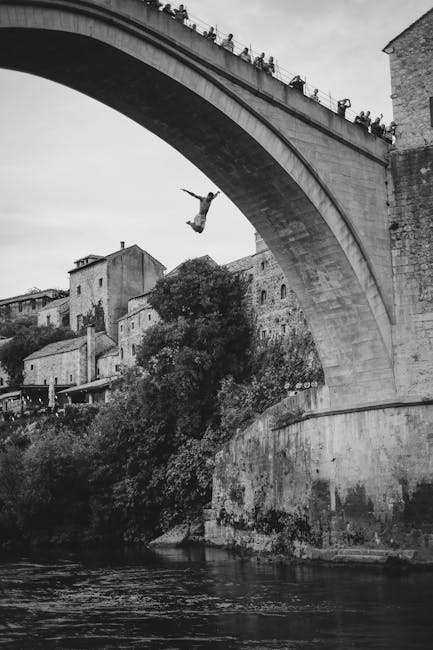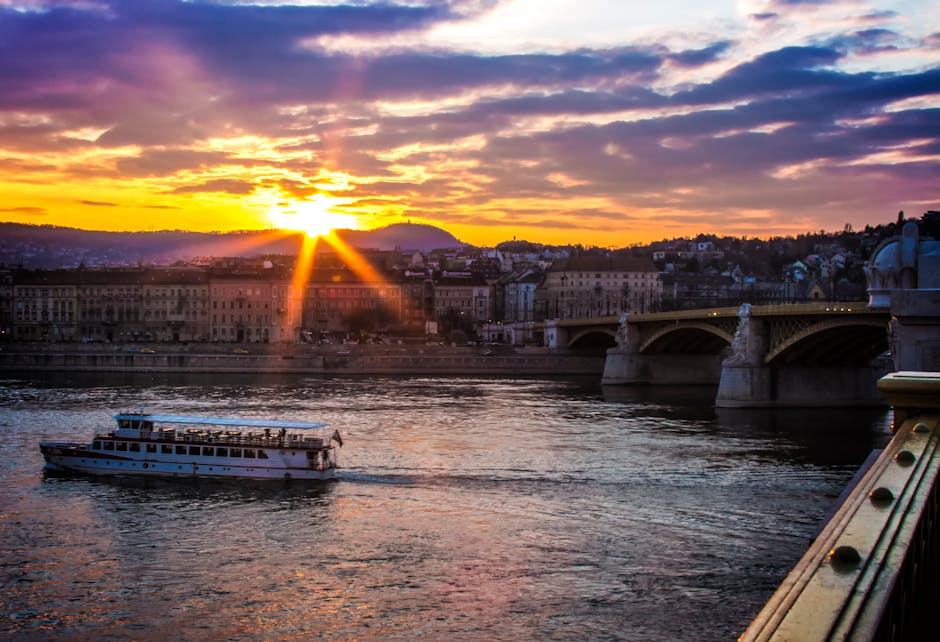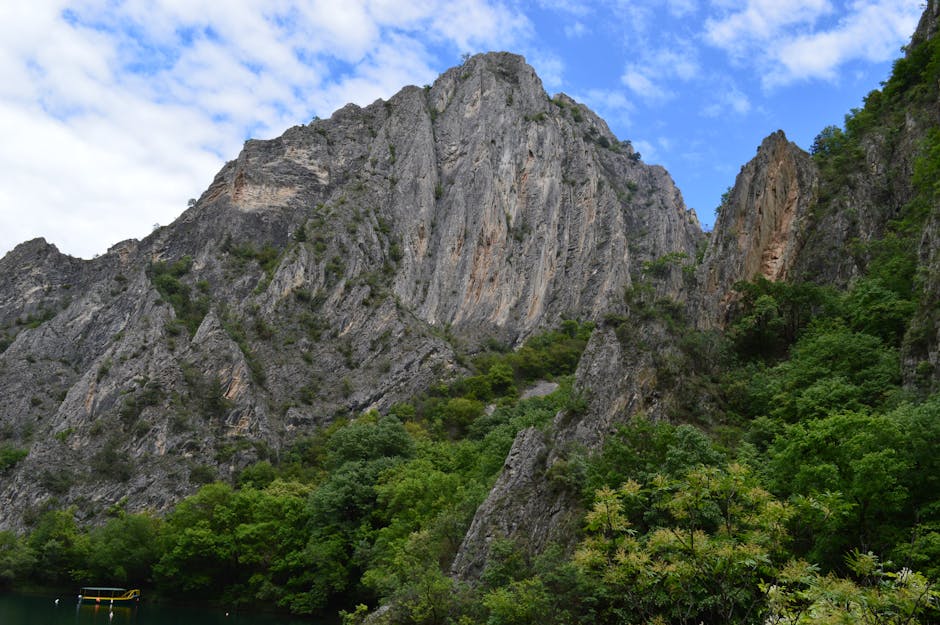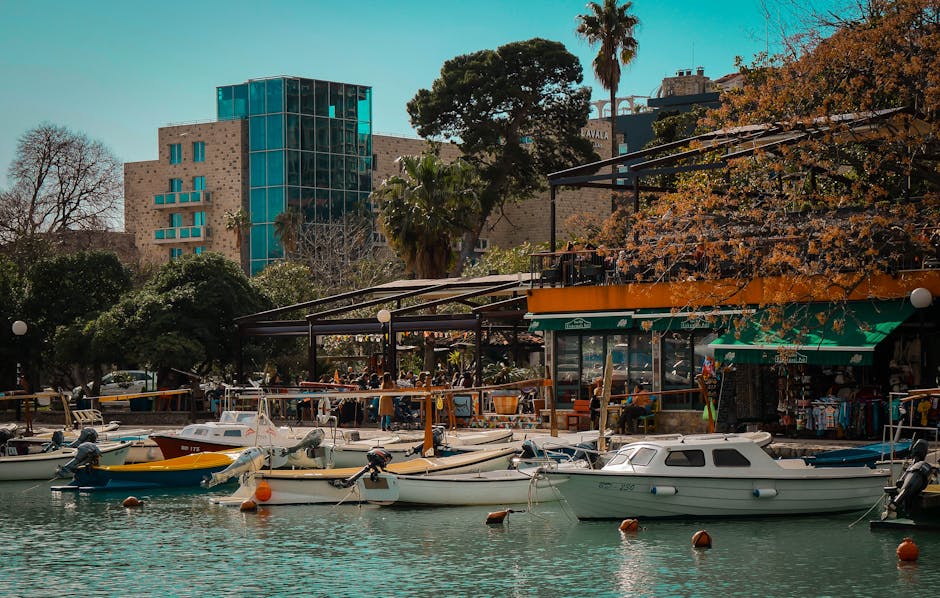Serbia
Overview
Serbia, located in Southeast Europe in the heart of the Balkan Peninsula, is a country that beautifully blends tradition and modernity. The country is rich in history and culture, dating back to Roman times, and boasts an array of architectural styles from different eras, including Byzantine, Ottoman, Austro-Hungarian, and socialist. Its capital, Belgrade, is a vibrant city known for its nightlife and music festivals. Serbia's uniqueness stems from its warm hospitality, delicious cuisine, and a diverse range of landscapes that include plains, mountains, and forests.
The high season for tourism in Serbia is from May to September, during which the weather is usually warm and sunny. This period is perfect for outdoor activities such as hiking and biking in national parks like Tara and Kopaonik, or exploring the Danube River on a boat tour. Serbia's summer music festivals like the EXIT Festival in Novi Sad and Guča Trumpet Festival are also big draws for tourists. However, if you're a winter sport enthusiast, you might want to visit Serbia during the winter months, especially from December to March, when ski resorts like Kopaonik and Stara Planina are in full swing.
When preparing for a trip to Serbia, it's essential to have a valid passport. While many countries don't need a visa for short stays, it's always wise to check the current regulations. The official currency is the Serbian Dinar, so it’s advisable to have some local currency on hand for small expenses, although credit cards are widely accepted. Be sure to pack a variety of clothing suitable for the season and the activities you plan to do. If you're traveling in summer, sunscreen and hats are a must due to the often high temperatures. And lastly, learn a few basic phrases in Serbian, as it can greatly enhance your interaction with the local people.
A Glimpse into the Past
Serbia, a country in Southeast Europe, has a rich tapestry of history that spans thousands of years, shaped by its strategic location at the crossroads of Central and Southeast Europe. Travelers to Serbia can explore a land steeped in ancient history, vibrant culture, and stunning landscapes.
The history of Serbia begins with the ancient Illyrians and Thracians, who inhabited the region long before the arrival of the Slavs in the 6th century. The Roman Empire recognized the importance of this territory, and it became part of the Roman provinces of Moesia and Pannonia. In Nis, visitors can explore the Nis Fortress, a remnant of Roman architecture, and the nearby Mediana, an archaeological site that was a luxurious Roman villa.
As the Slavs settled in the area, they formed the early Principality of Serbia in the 7th century. By the 12th century, Serbia had emerged as a significant political entity under the rule of the Nemanjić dynasty, which established the Kingdom of Serbia in 1217. The capital of this burgeoning kingdom was Ras, where the ruins of the Ras Fortress still stand as a testament to its medieval power.
The Serbian Orthodox Church played a crucial role in the cultural and spiritual life of the nation during this period. The construction of stunning medieval monasteries, such as Studenica and Žiča, showcases the Byzantine architectural influence and can be visited today. These sites are UNESCO World Heritage sites and attract many travelers interested in history and spirituality.
The height of medieval Serbian power occurred during the reign of Tsar Dušan in the 14th century, who expanded the Serbian territory significantly. The Battle of Kosovo in 1389 against the Ottoman Empire marked a turning point in Serbian history. Though the battle was a defeat, it became a symbol of resistance against foreign domination. The Kosovo Polje site is now a pilgrimage destination for those wishing to connect with this significant historical moment.
The Ottoman Empire gradually took control of Serbia in the 15th century, leading to centuries of foreign rule. During this time, the Serbian people retained their cultural identity, primarily through the Orthodox Church. The Church of Saint Sava in Belgrade, built in the 20th century, serves as a powerful symbol of Serbian heritage, and its grand dome is a recognizable feature of the city skyline.
The 19th century saw the resurgence of nationalism among the Serbs, leading to uprisings against Ottoman rule. The First Serbian Uprising in 1804 and the Second Serbian Uprising in 1815 were pivotal in establishing autonomy for Serbia. The Museum of Vuk and Dositej in Belgrade commemorates the cultural revival that accompanied this period, highlighting figures such as Vuk Karadžić, who standardized the Serbian language.
In 1878, Serbia gained full independence at the Congress of Berlin, marking the beginning of a new era. The capital, Belgrade, became a vibrant cultural center, where travelers can visit the Kalemegdan Fortress, which overlooks the confluence of the Sava and Danube rivers. This site has witnessed numerous battles and has elements from various historical periods represented in its architecture.
The 20th century was a tumultuous period for Serbia. It was a founding member of the Kingdom of Serbs, Croats, and Slovenes after World War I, which was later renamed Yugoslavia. The Yugoslav Wars in the 1990s were marked by conflict and ethnic tensions, significantly impacting the region's demographics and politics. For those interested in recent history, the Museum of Yugoslavia offers insights into this complex period.
Despite the challenges of the 20th century, Serbia has emerged as a country rich in cultural expression. The vibrant city of Novi Sad, known for the EXIT Festival, hosts one of Europe’s largest music festivals, drawing international crowds. The nearby Petrovaradin Fortress, often referred to as the "Gibraltar on the Danube," offers panoramic views of the city and the river.
Serbia's natural beauty is equally captivating. The Tara National Park, with its stunning landscapes and diverse wildlife, is a haven for outdoor enthusiasts. Visitors can hike, cycle, or simply enjoy the tranquility of nature. Meanwhile, the Đerdap National Park, home to the Iron Gates, features dramatic gorges along the Danube and provides opportunities for boat tours that reveal breathtaking views.
The culinary scene in Serbia is also noteworthy. Traditional dishes such as ćevapi (grilled minced meat), sarma (cabbage rolls), and ajvar (pepper-based condiment) reflect the country’s diverse influences. Travelers can savor these flavors in local kafanas (traditional restaurants), where the atmosphere is filled with music and laughter.
The capital, Belgrade, is a city that never sleeps, with a vibrant nightlife scene that attracts young people from across the region. The Skadarlija district, often compared to Montmartre in Paris, is famous for its bohemian atmosphere, cobbled streets, and lively taverns where visitors can enjoy live music.
In addition to its historical and cultural attractions, Serbia is also home to several important festivals. The Guitar Art Festival and the Belgrade Film Festival are just a few examples of events that celebrate artistic expression and creativity, drawing artists and enthusiasts from around the world.
Finally, Serbia's hospitality is legendary. Visitors are often welcomed with warm smiles and open arms, making it a perfect destination for those seeking an authentic experience.
In summary, Serbia is a country that beautifully intertwines its rich history with modernity. From ancient ruins to beautiful monasteries, vibrant cities, and stunning natural landscapes, Serbia offers travelers countless opportunities to explore and engage with its diverse heritage. Whether you're wandering through medieval fortresses, enjoying traditional dishes, or experiencing the energetic nightlife, Serbia promises an enriching journey through time.
Top cities for tourists in Serbia
Discover the Famous Cities That Might Captivate Your Interests
Must-Try Foods You Can't Afford to Miss
Indulge in a Variety of Fantastic Foods During Your Stay in Serbia
May Be Your Next Destinations
People often choose these countries as their next destination


